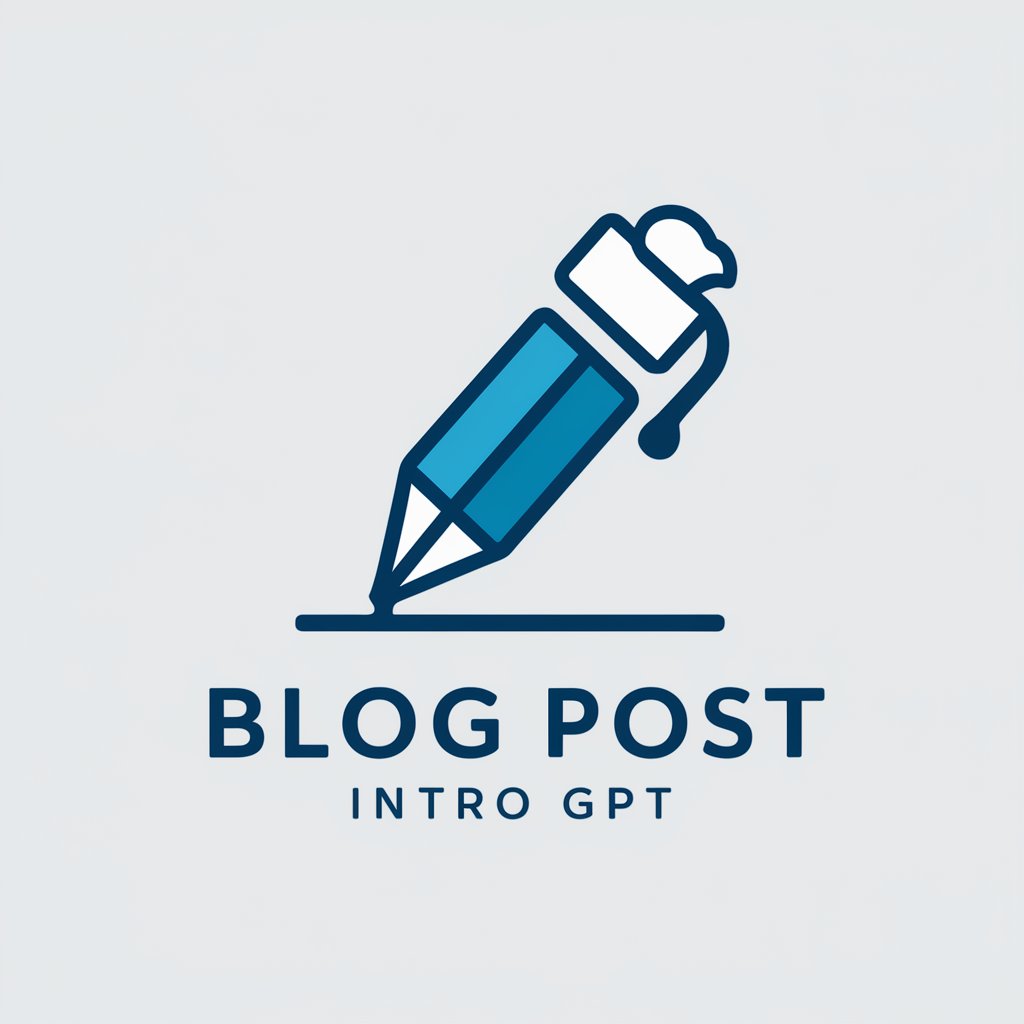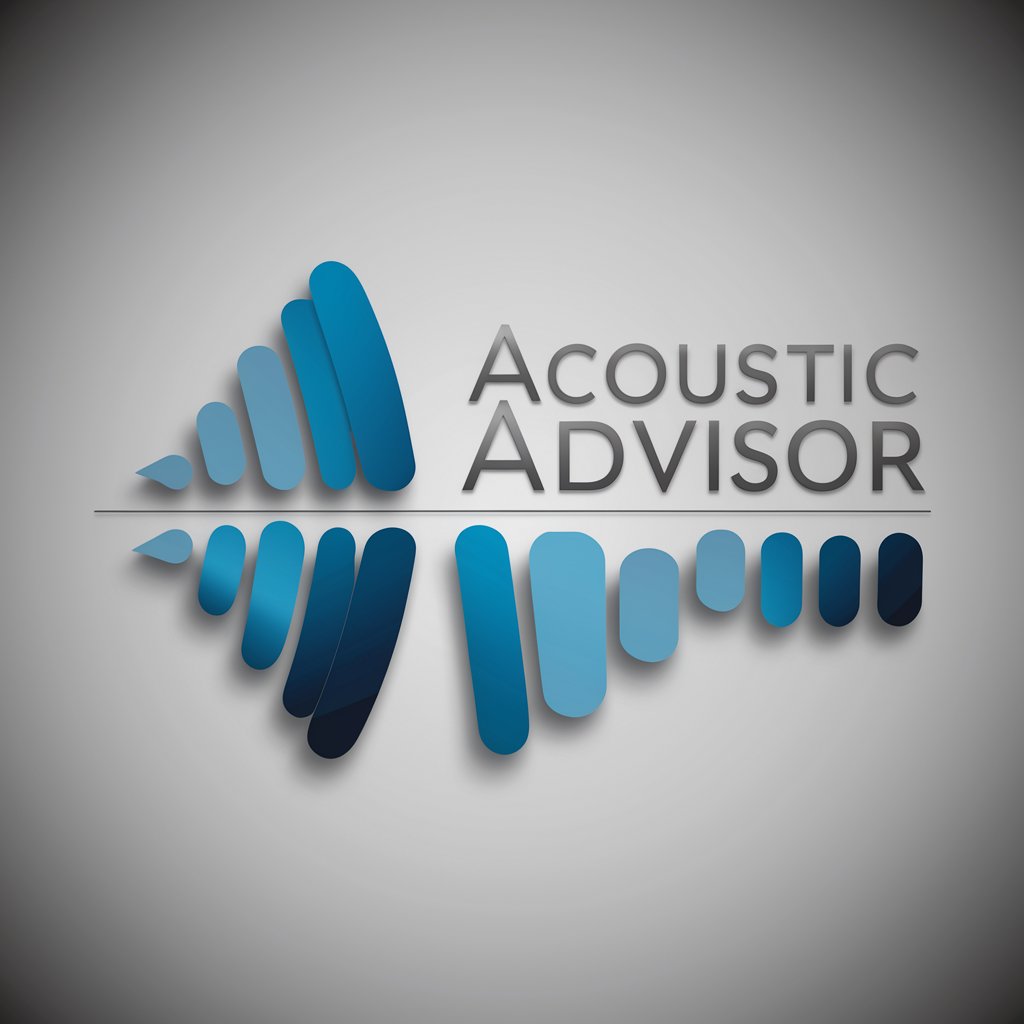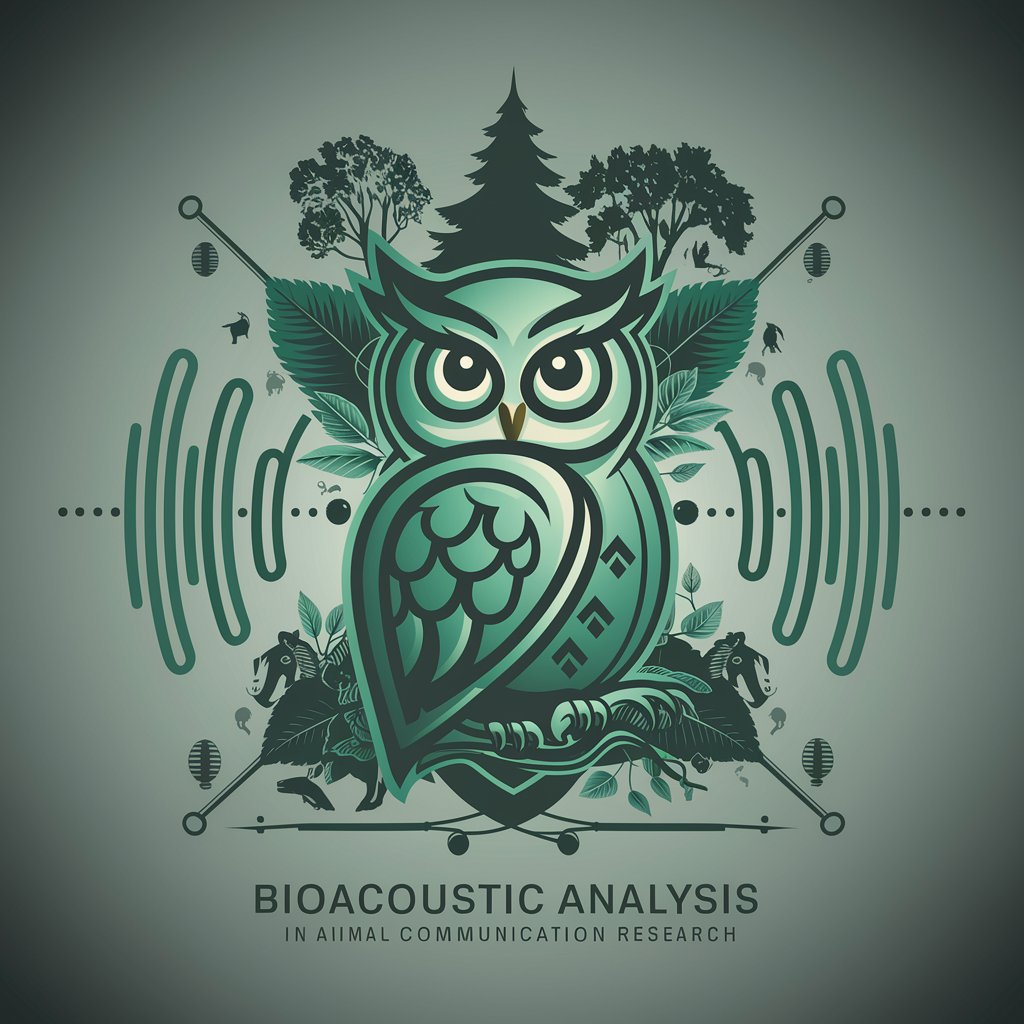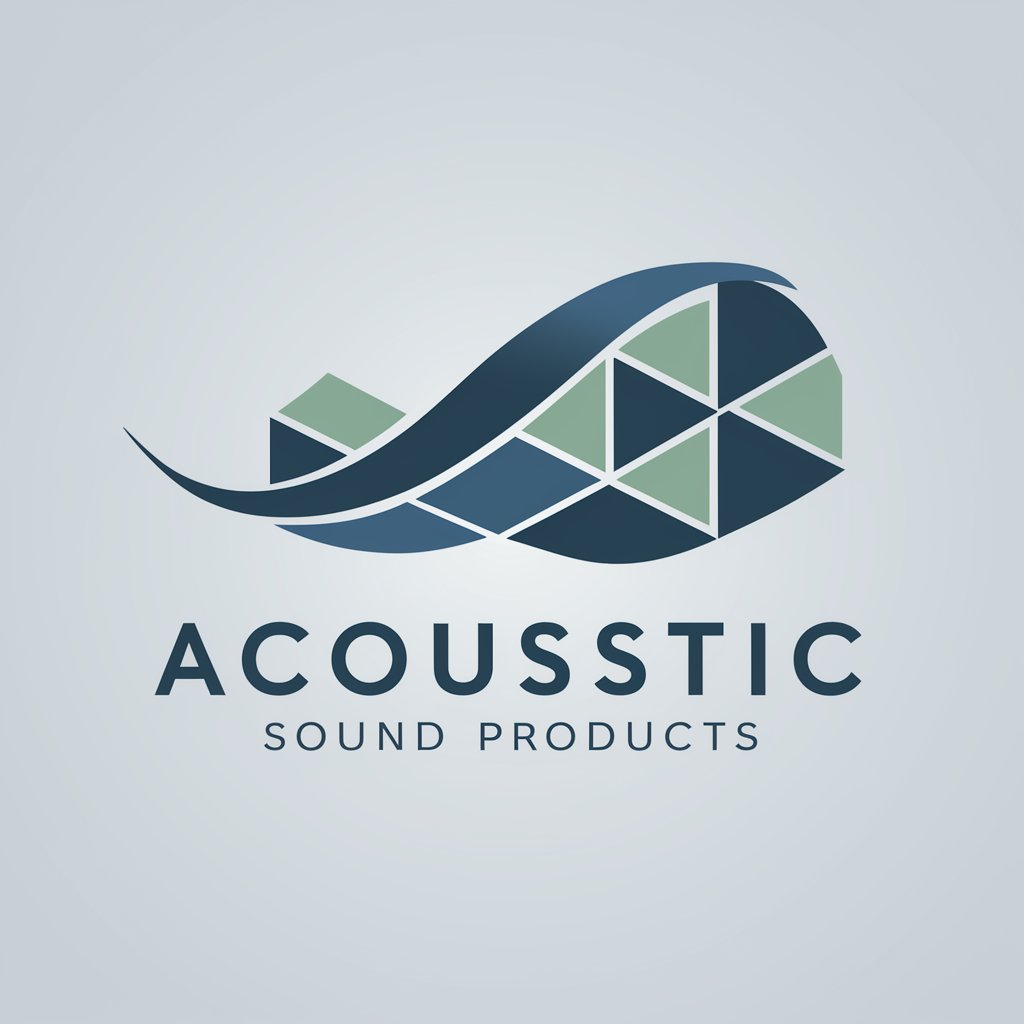
Acoustic Reports - AI-Powered Acoustic Analysis

Hello! How can I assist you with acoustics today?
Optimizing Sound, One Report at a Time
Explain the basic principles of room acoustics and their impact on sound quality.
Provide a detailed guide on how to model the acoustics of a concert hall.
Describe the best practices for reducing noise in open office environments.
Summarize the key factors in selecting acoustic materials for studio design.
Get Embed Code
Introduction to Acoustic Reports
Acoustic Reports are comprehensive documents designed to assess, analyze, and provide recommendations on various acoustic parameters within an environment. These reports are pivotal in ensuring that spaces meet specific acoustic standards, criteria, or goals, contributing to the overall auditory comfort and functionality of a space. For instance, in architectural acoustics, an Acoustic Report might detail the sound insulation performance of a building facade or the internal acoustics of a concert hall, highlighting how the design influences sound clarity, speech intelligibility, and reverberation times. In environmental acoustics, such reports could evaluate the impact of highway noise on residential areas and propose mitigation strategies to minimize noise pollution. Powered by ChatGPT-4o。

Main Functions of Acoustic Reports
Assessment of Sound Insulation
Example
Determining the Sound Transmission Class (STC) of a wall in a multi-residential building.
Scenario
Used by architects and developers to ensure compliance with building codes and provide residents with quiet living spaces.
Evaluation of Environmental Noise
Example
Measuring the noise impact from an industrial plant on surrounding communities.
Scenario
Environmental consultants use these reports to assess compliance with local noise regulations and develop noise reduction strategies.
Design of Acoustic Treatments
Example
Recommending specific materials and configurations to optimize the acoustics of a recording studio.
Scenario
Studio engineers and designers utilize the report to achieve the desired sound quality and isolation for recording and mixing.
Noise Impact Assessments
Example
Analyzing the potential noise impact of a new highway project on wildlife in adjacent areas.
Scenario
Environmental impact assessment teams use these reports to understand the effects of noise on wildlife and propose mitigation measures.
Ideal Users of Acoustic Reports Services
Architects and Building Designers
These professionals rely on acoustic reports to make informed decisions about materials, building layouts, and design strategies that meet acoustic criteria, ensuring their projects provide comfort and privacy to end-users.
Environmental Consultants
They use acoustic reports to evaluate and address noise pollution issues, ensuring projects comply with environmental standards and contribute positively to the surrounding environment.
Urban Planners
These users benefit from acoustic reports by incorporating noise control measures into urban development plans, enhancing the quality of urban environments.
Facility Managers
Managers of facilities such as hospitals, schools, and office buildings use acoustic reports to maintain or improve the acoustic environment, enhancing comfort and functionality for occupants.

How to Use Acoustic Reports
1
Start with a free trial by visiting yeschat.ai, accessible without any login or subscription to ChatGPT Plus, ensuring easy access to explore its capabilities.
2
Upload or input your acoustic data, including measurements and any specific sound characteristics or issues you're investigating, to tailor the report to your needs.
3
Select the type of acoustic report you require, such as sound insulation, reverberation analysis, or noise impact assessments, to focus the AI on relevant calculations and recommendations.
4
Review the generated acoustic report which includes detailed analysis, findings, and actionable recommendations to improve acoustic performance or mitigate noise issues.
5
Utilize the report's insights for your project - apply suggested materials, design changes, or noise control measures and validate these solutions through subsequent assessments.
Try other advanced and practical GPTs
TeaGPT
Steep in the AI Brew of Tea Tales

Blog Post Intro GPT
Crafting Captivating Intros with AI

后退提问大师
Empowering deeper understanding with AI

Formula Guru
Empowering spreadsheets with AI assistance.

"Δικηγόρος - Avukat"
Empowering Legal Decisions with AI

Ali Cy Hutter NLP v42
Empowering research with AI precision.

Code Crusader
Empower Your Coding Journey with AI

BCHMaster 0.3
Empowering BCH Knowledge with AI

Anything-To-American Converter
Turning measurements into laughter

Washington DC
Explore DC's Heart with AI

Regenerator de Stiri
Revolutionize Your Content with AI

Pão de Queijo Genie
Tailored baking recipes at your fingertips.

Frequently Asked Questions about Acoustic Reports
What types of environments can Acoustic Reports be used for?
Acoustic Reports can be used across various environments, including residential buildings, commercial spaces, educational institutions, and public facilities, to analyze and improve sound quality and noise management.
Can Acoustic Reports help with legal compliance for noise levels?
Yes, Acoustic Reports can provide detailed analysis and documentation needed for compliance with local noise regulations and standards, assisting in legal certification and avoidance of noise pollution penalties.
How accurate are the predictions and recommendations in Acoustic Reports?
The predictions and recommendations are based on sophisticated AI algorithms and acoustic modeling, offering a high degree of accuracy. However, they should be validated with real-world measurements and professional consultation.
Are Acoustic Reports suitable for retrofit projects?
Absolutely, Acoustic Reports can identify issues and recommend solutions for existing structures, making them invaluable for retrofit projects aiming to improve sound insulation or address specific noise problems.
Can I customize the parameters of the Acoustic Reports to fit my project's specific needs?
Yes, you can customize input parameters such as room dimensions, materials, and noise sources, enabling the AI to generate reports tailored to your project's unique acoustic challenges.




